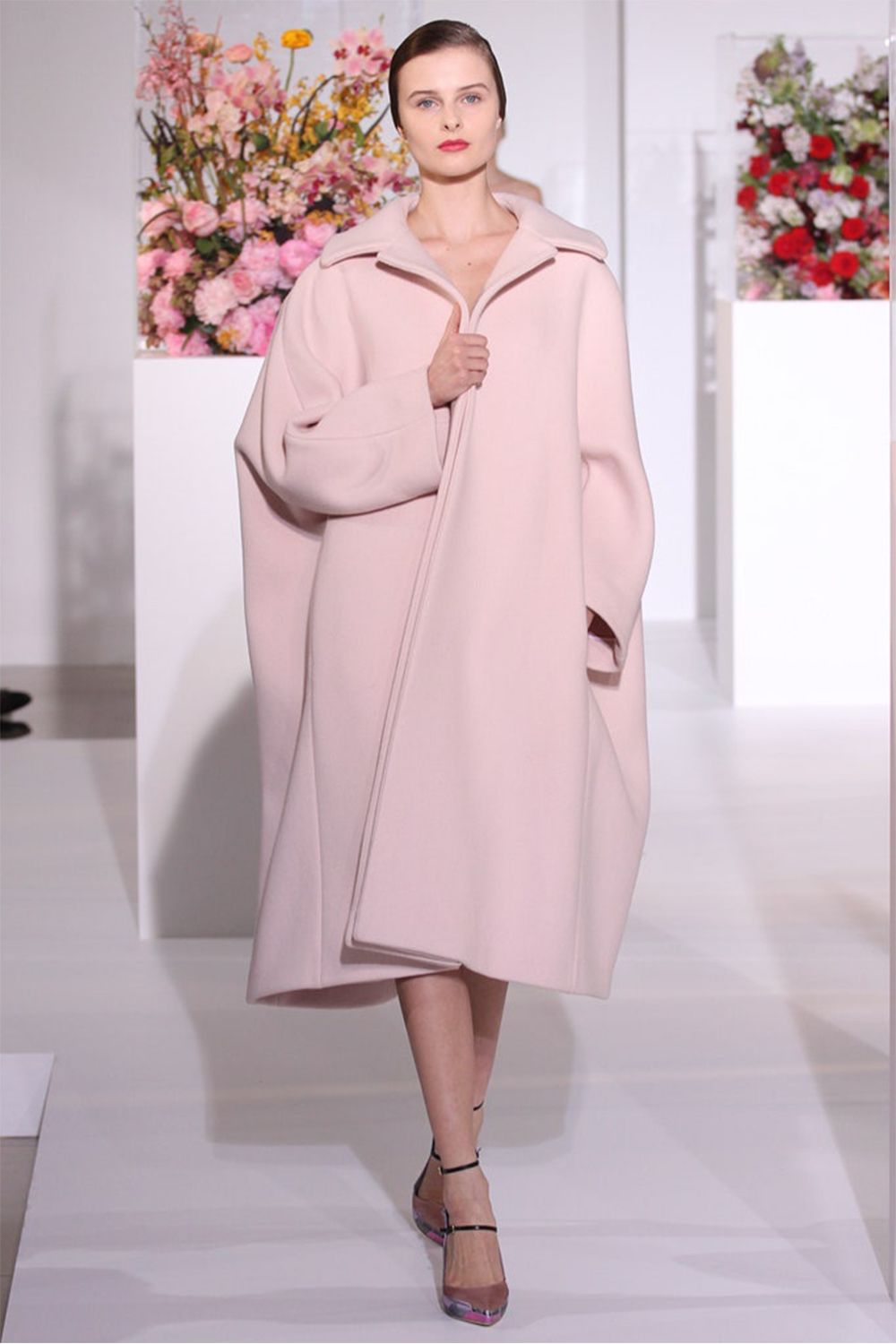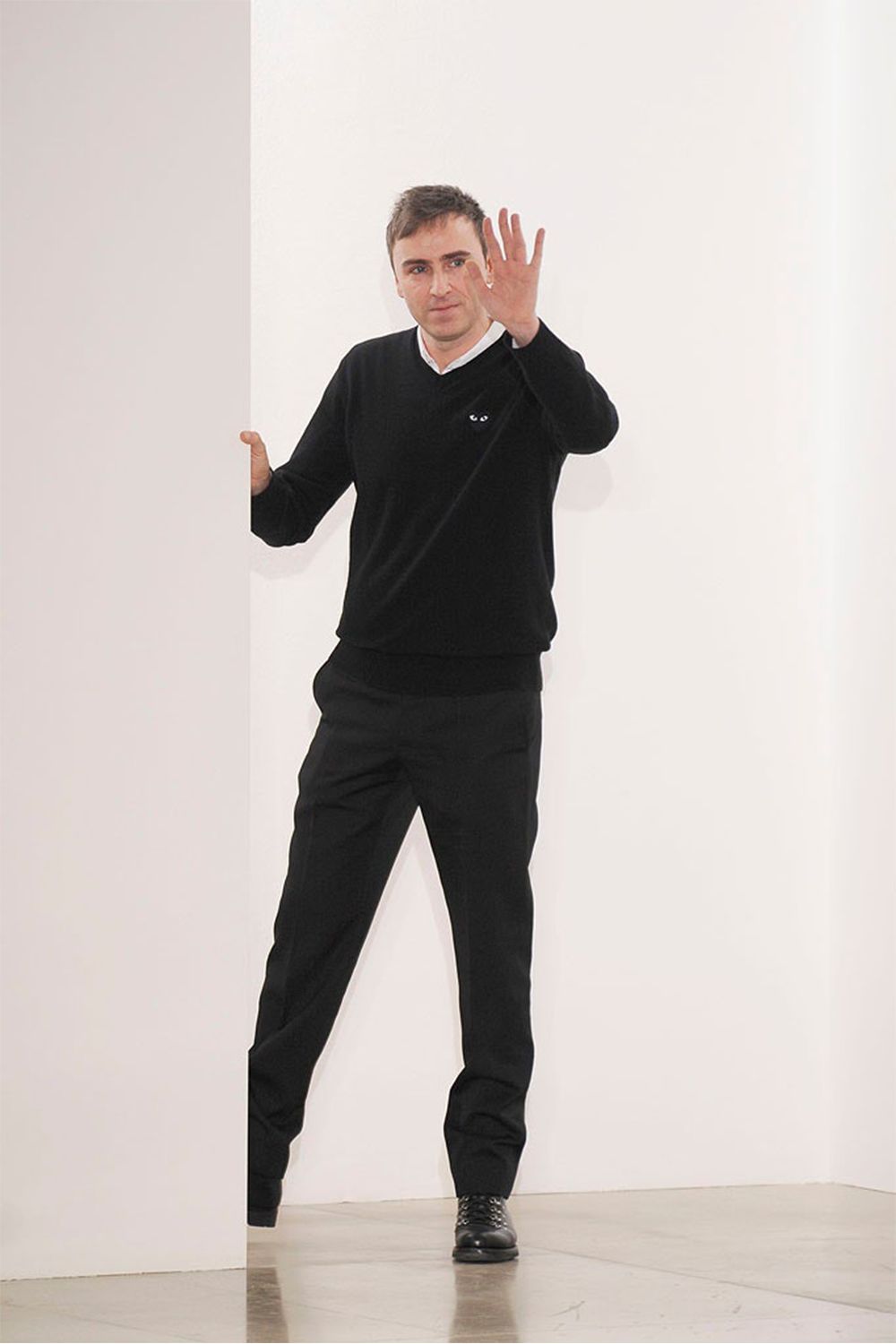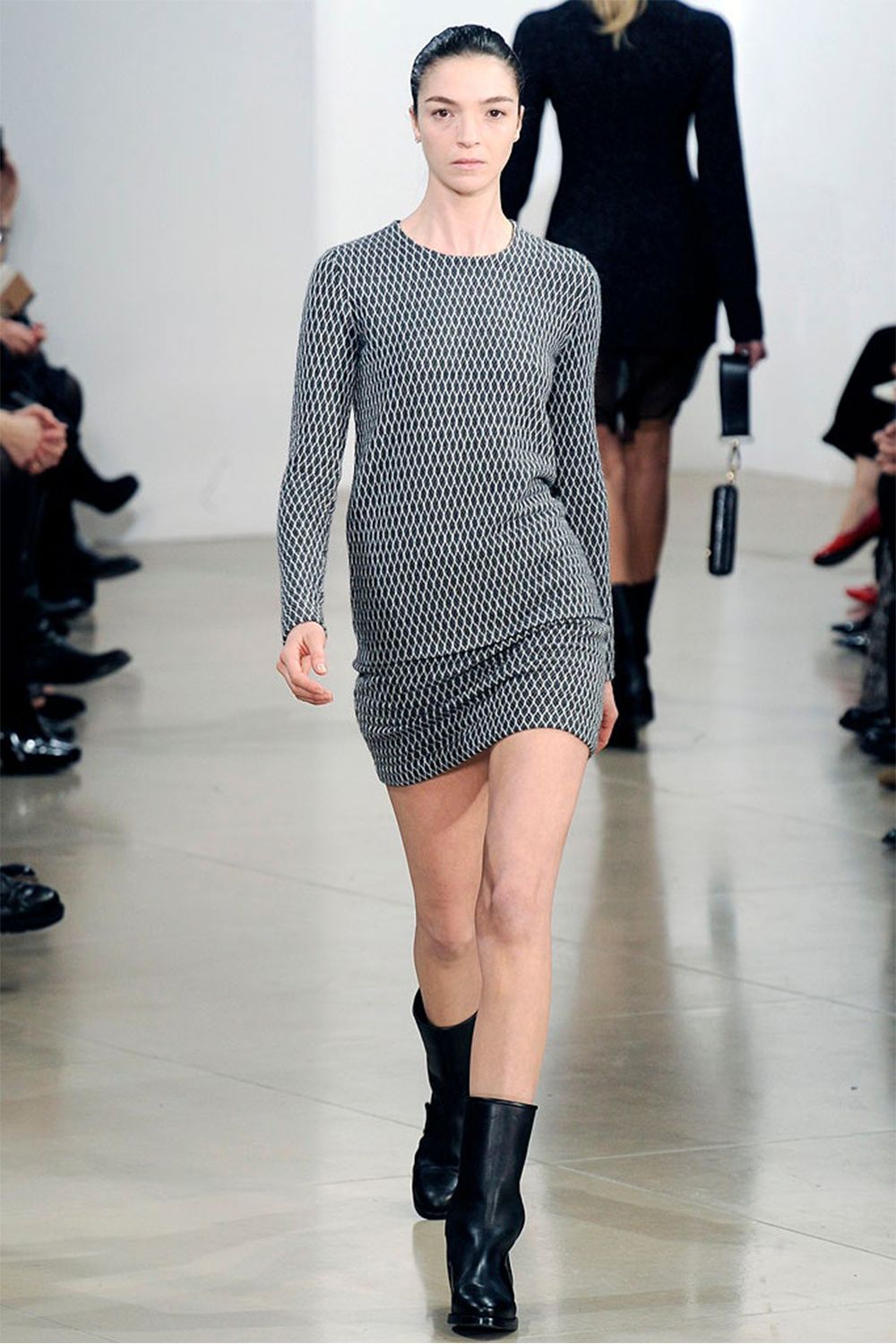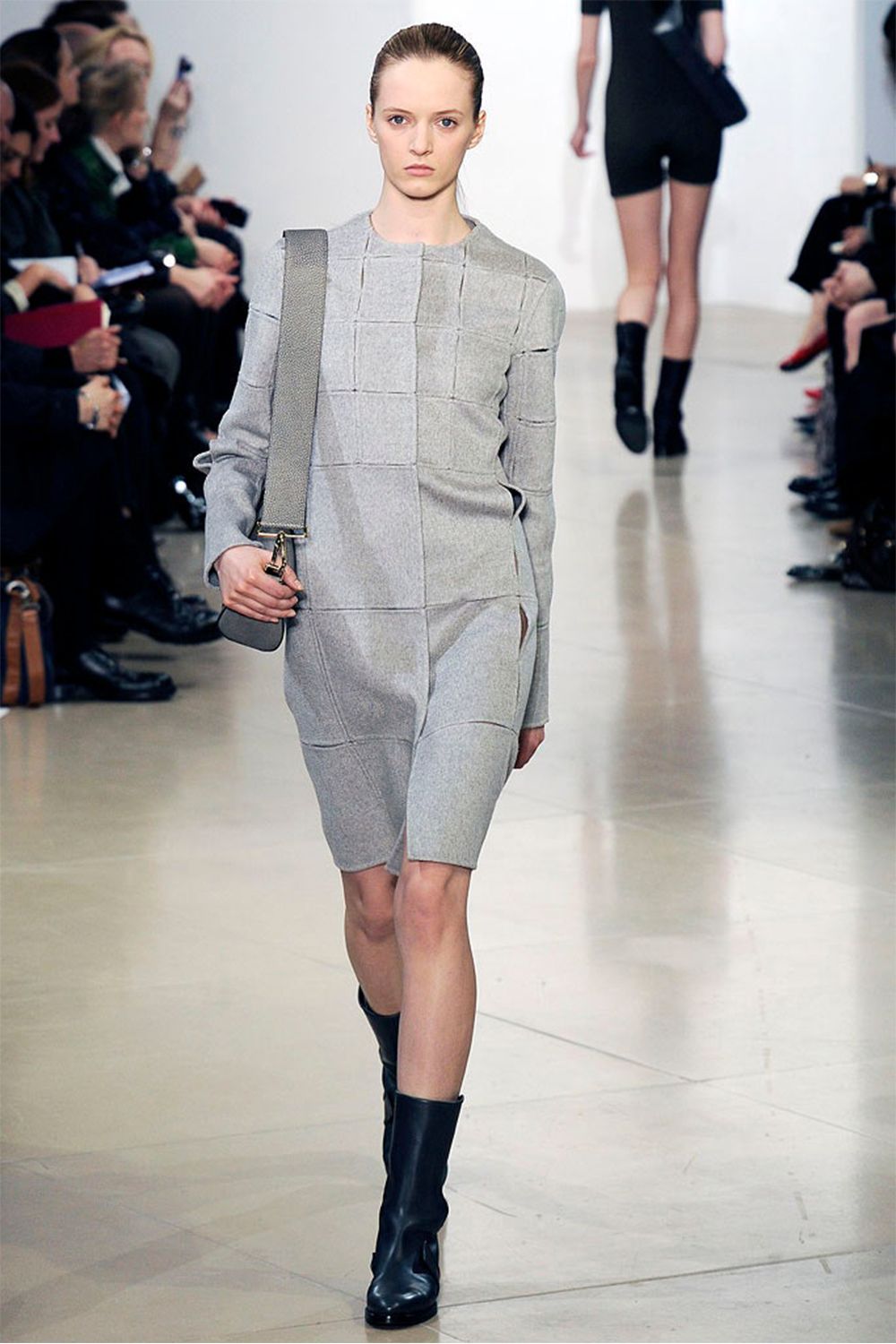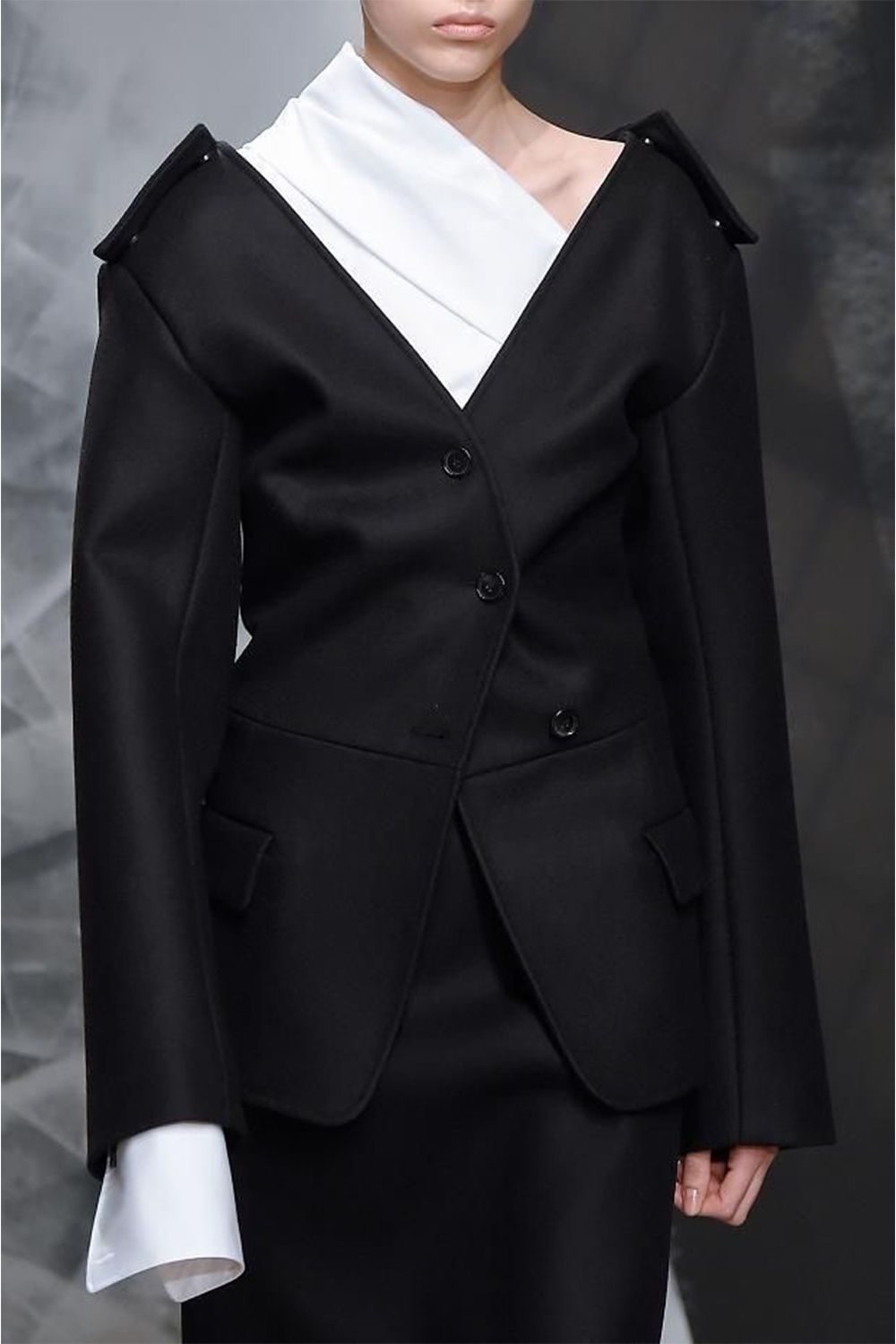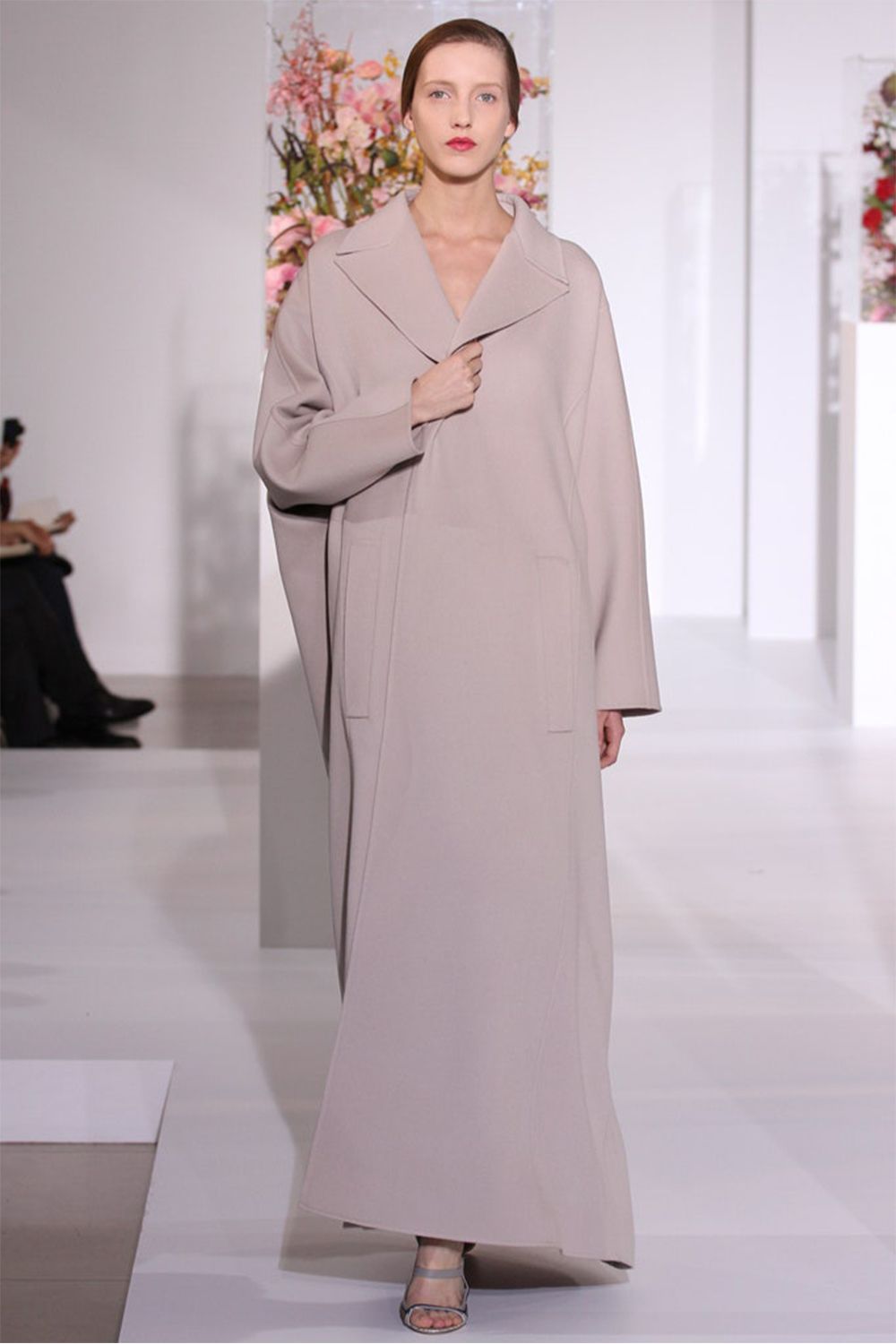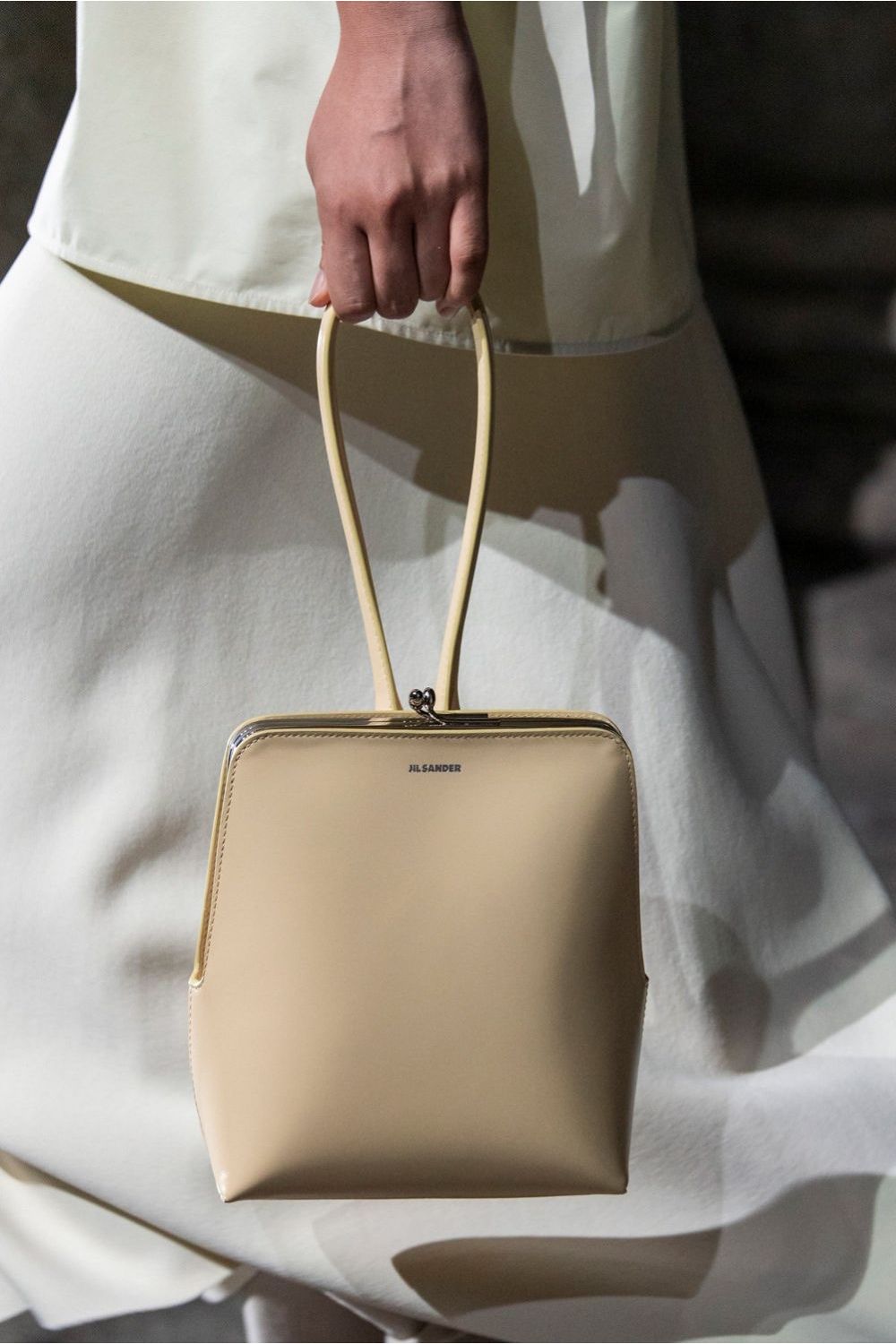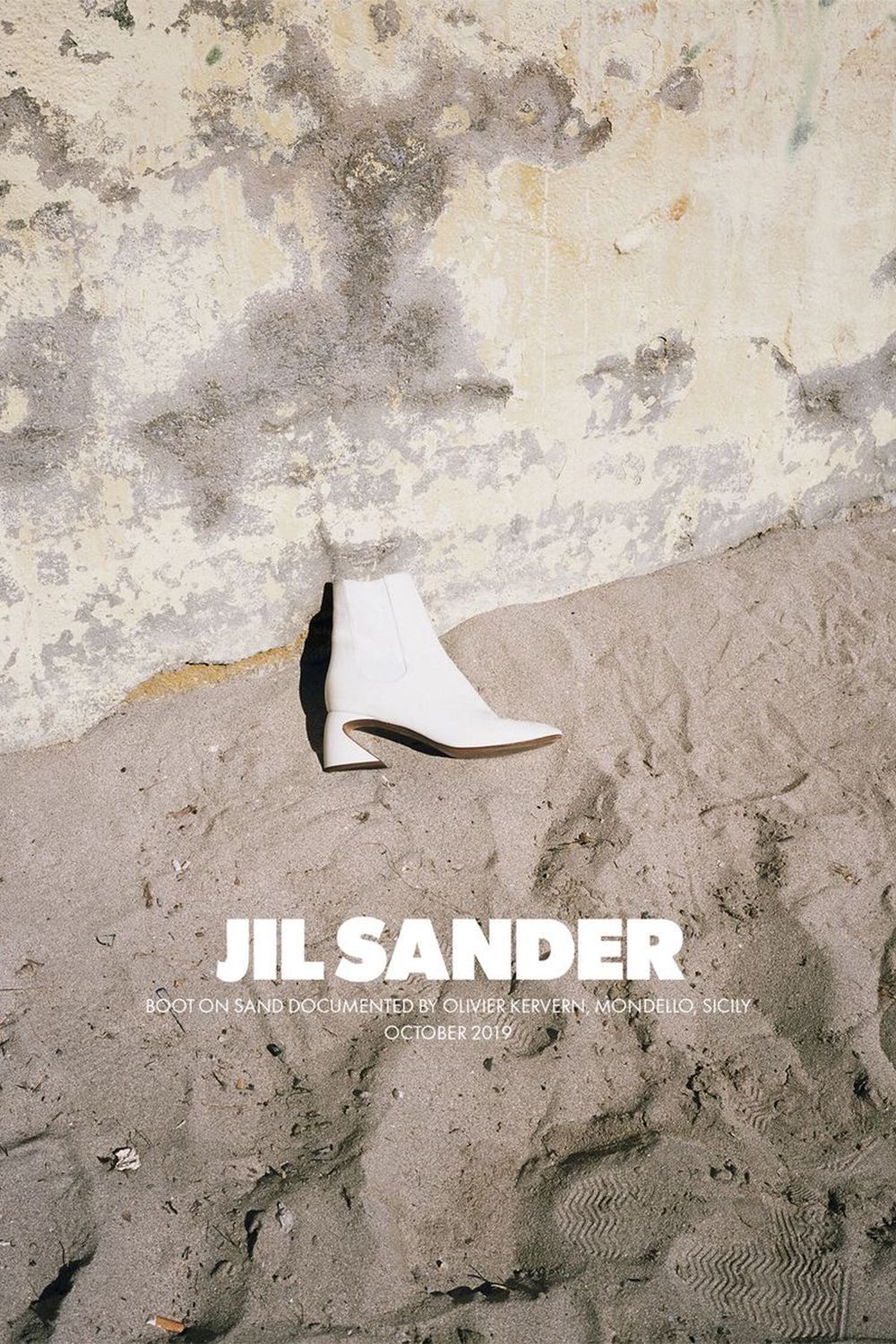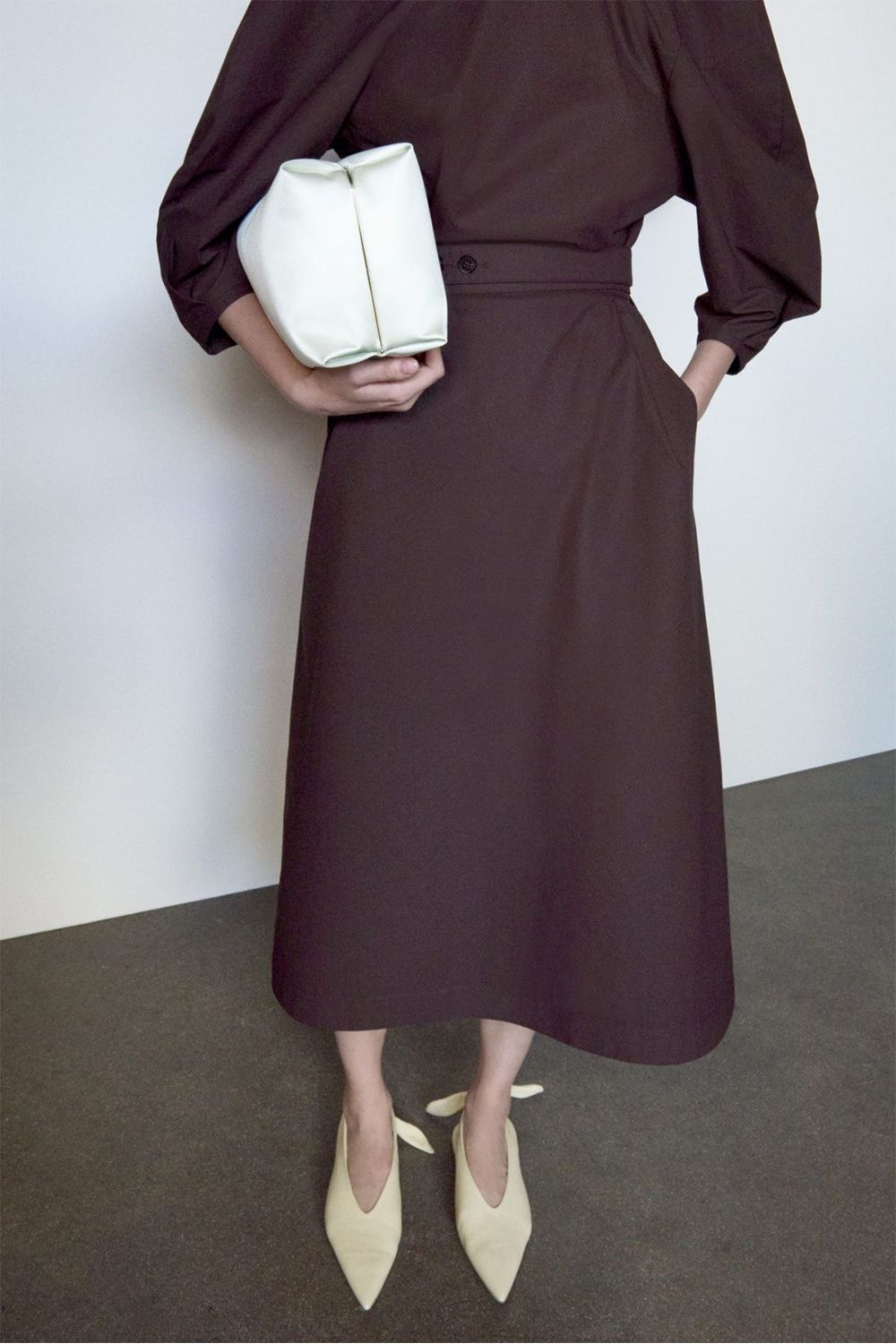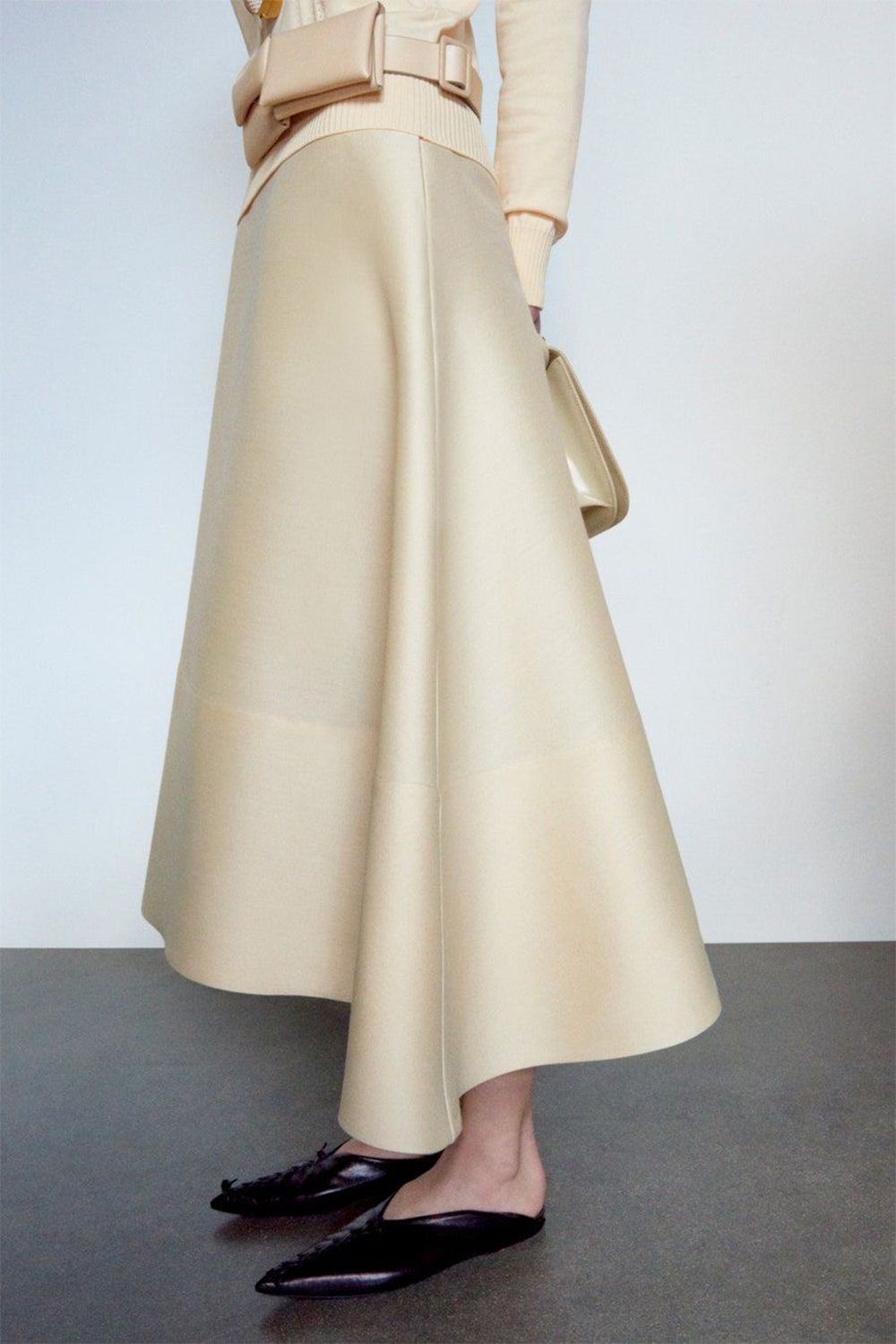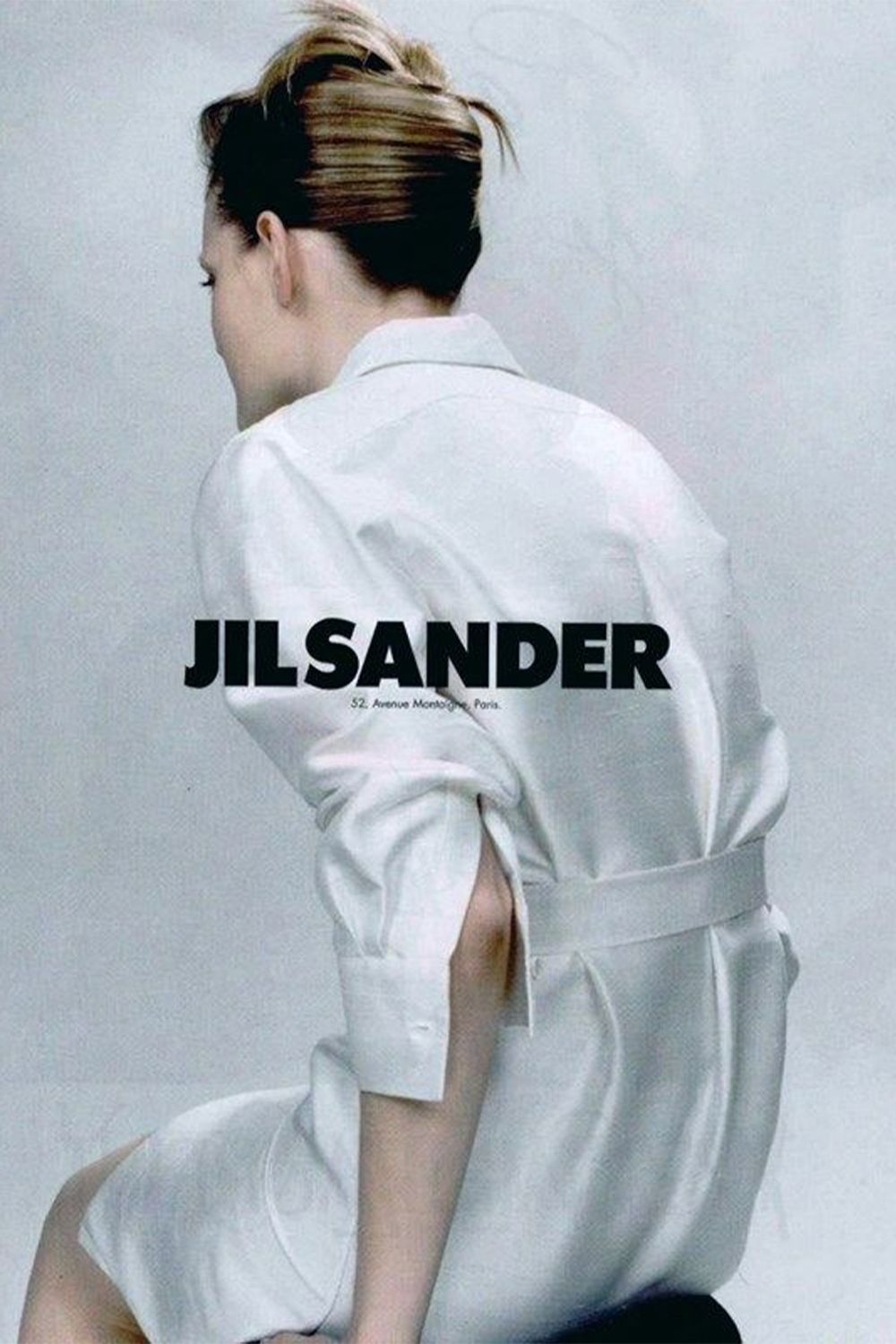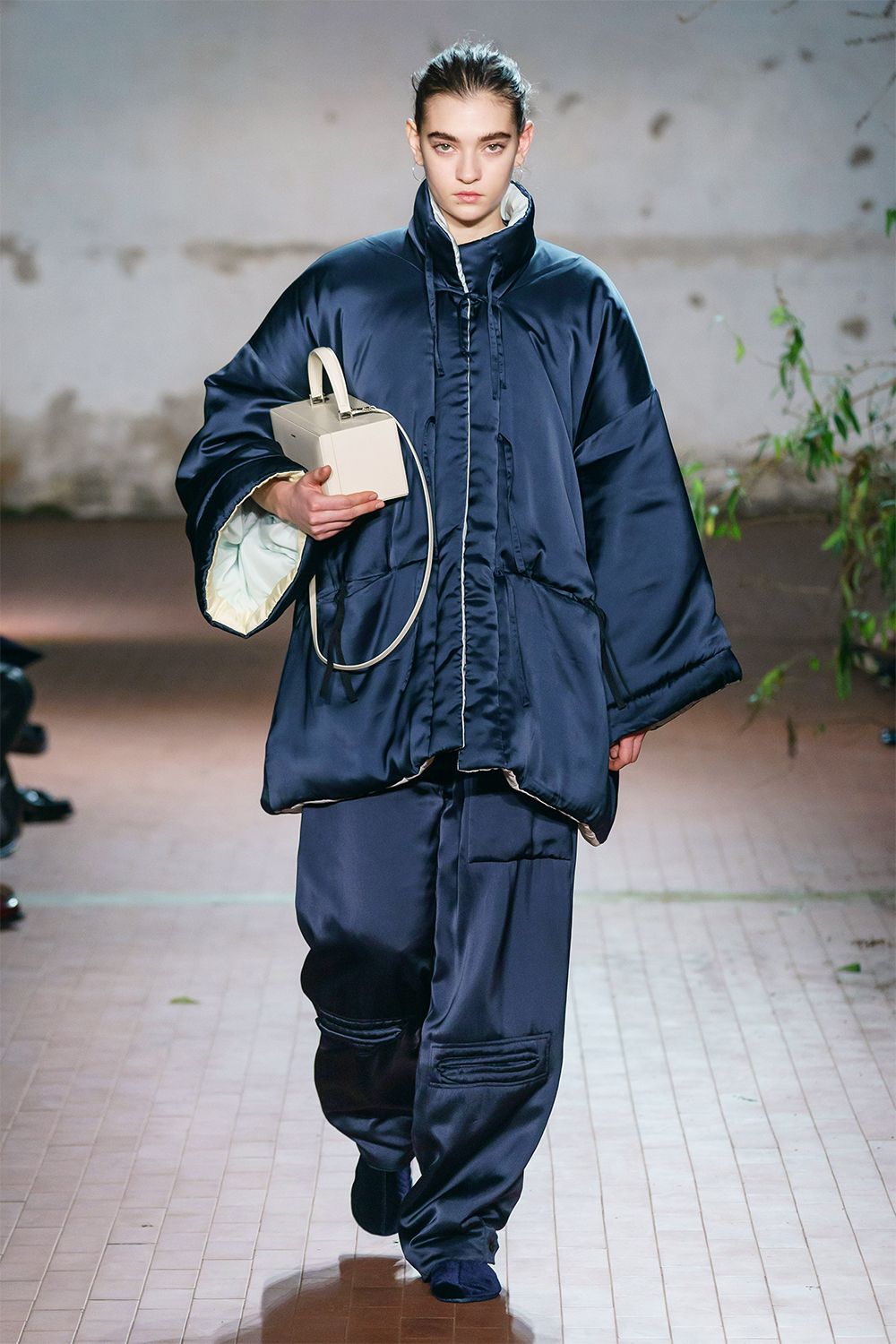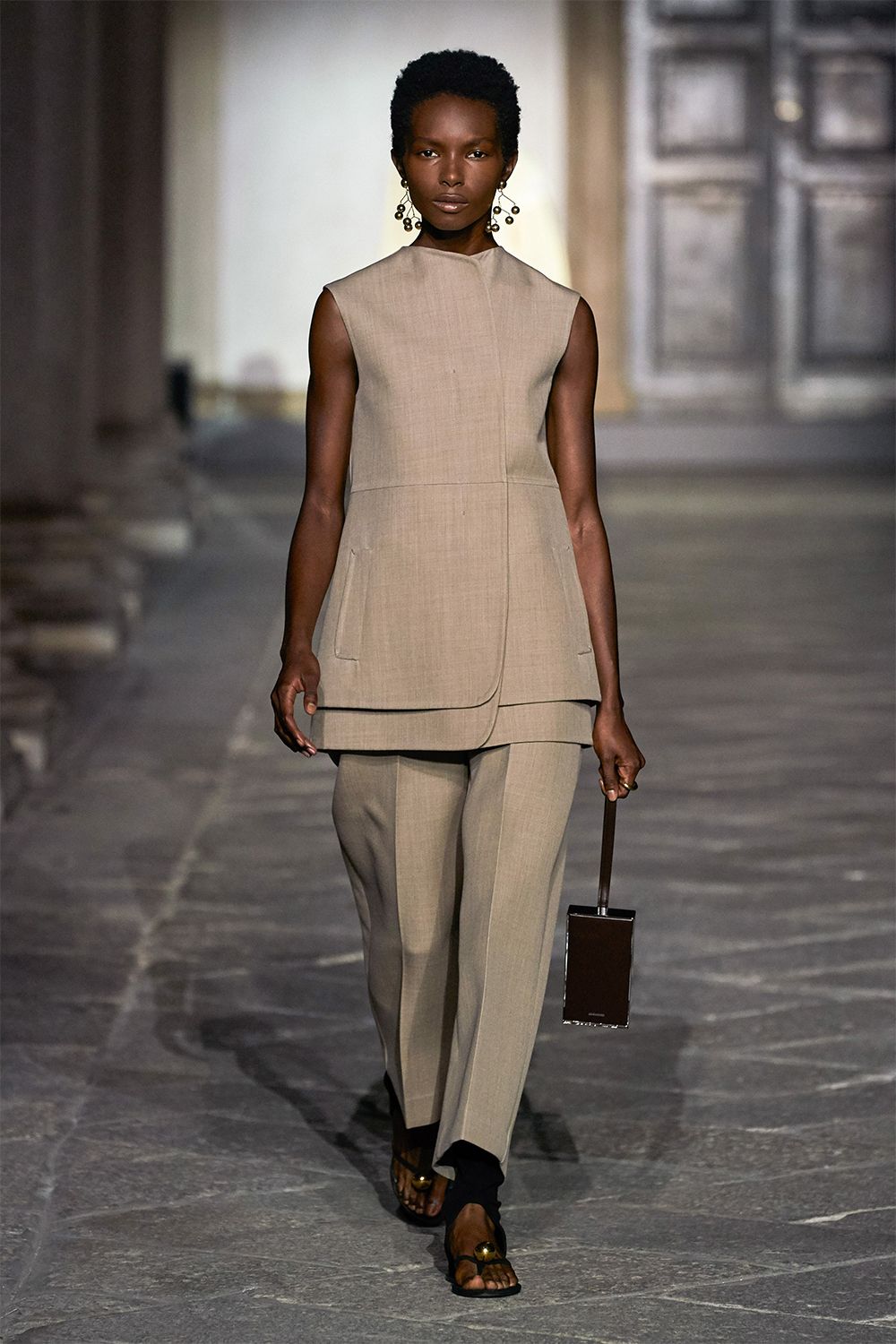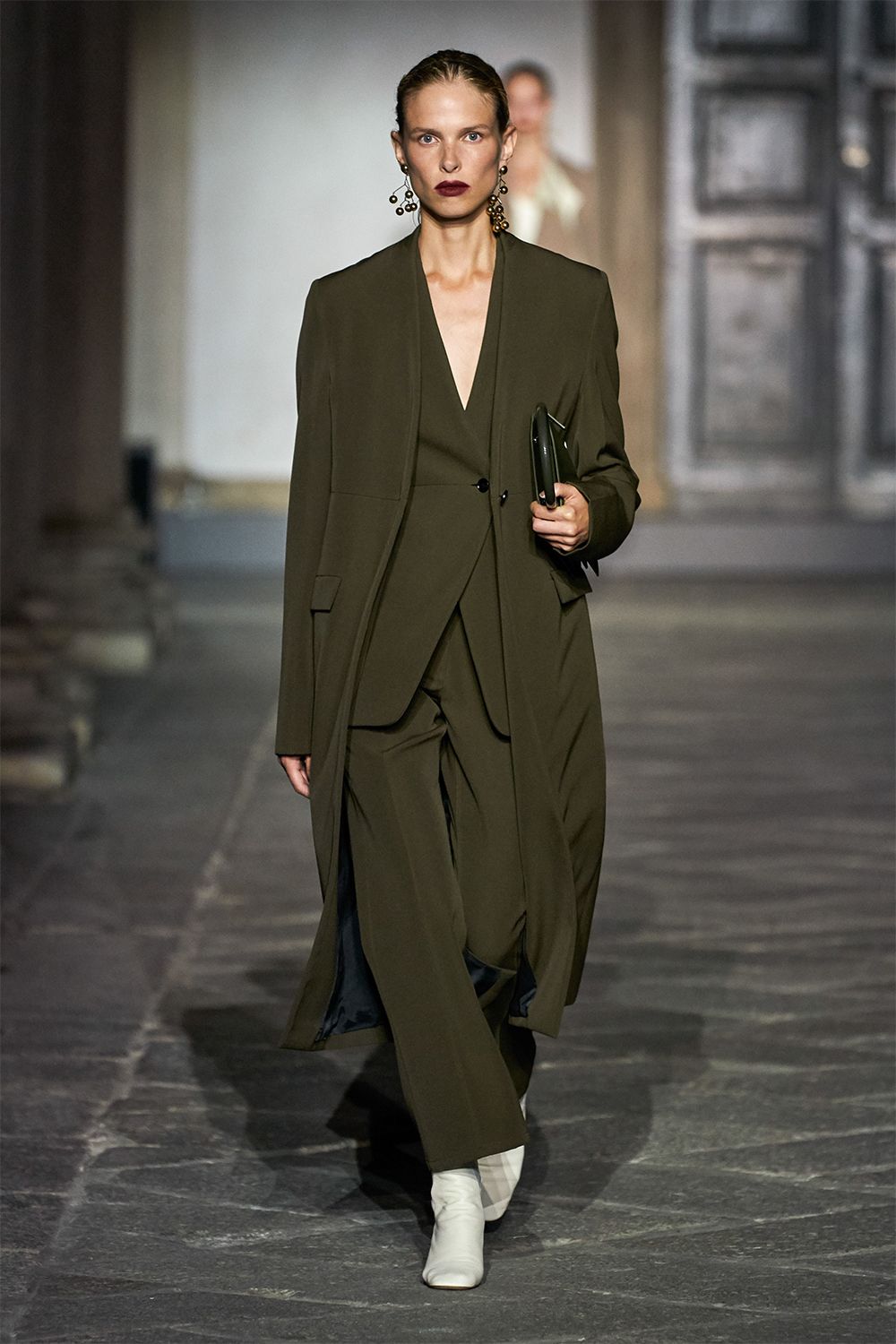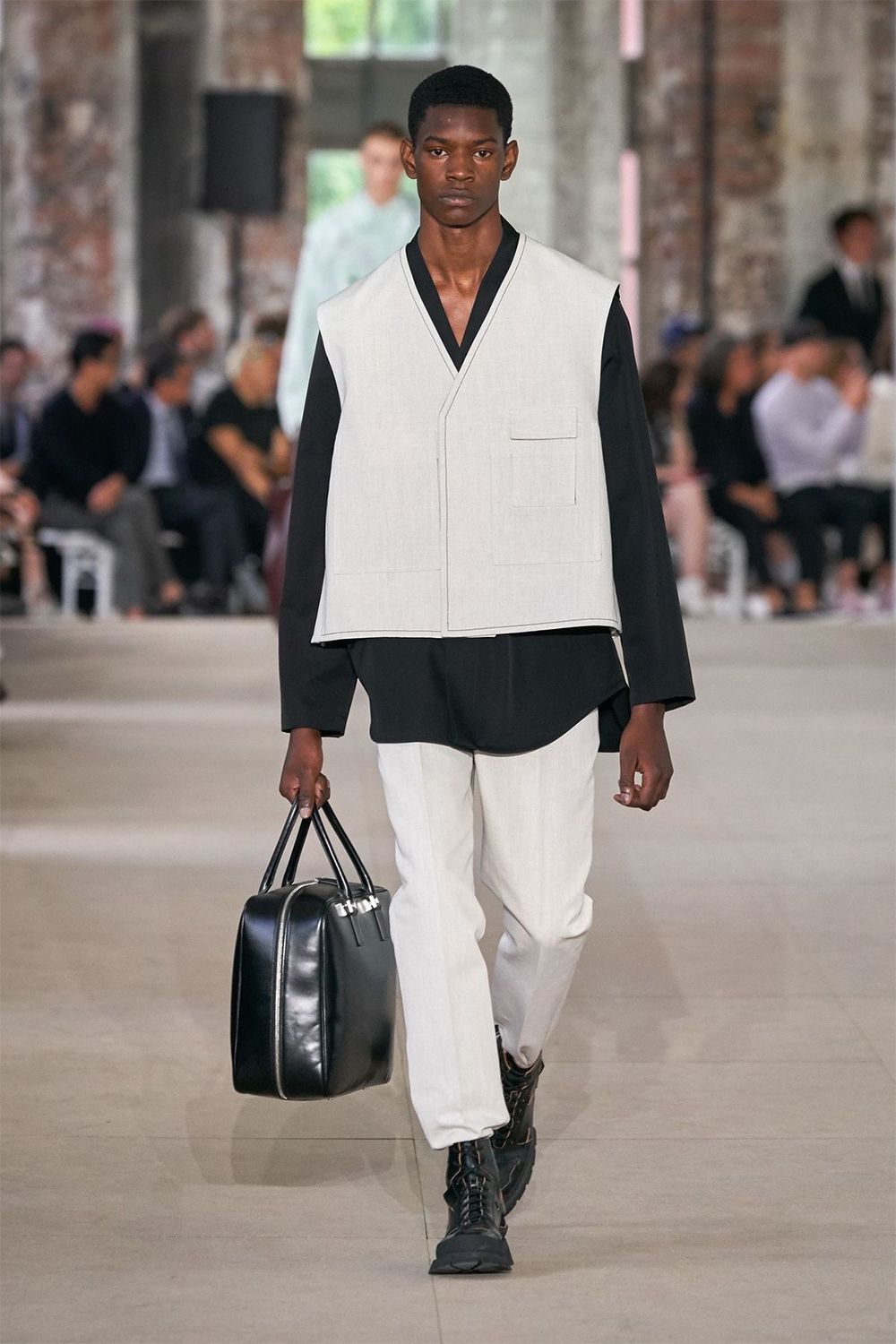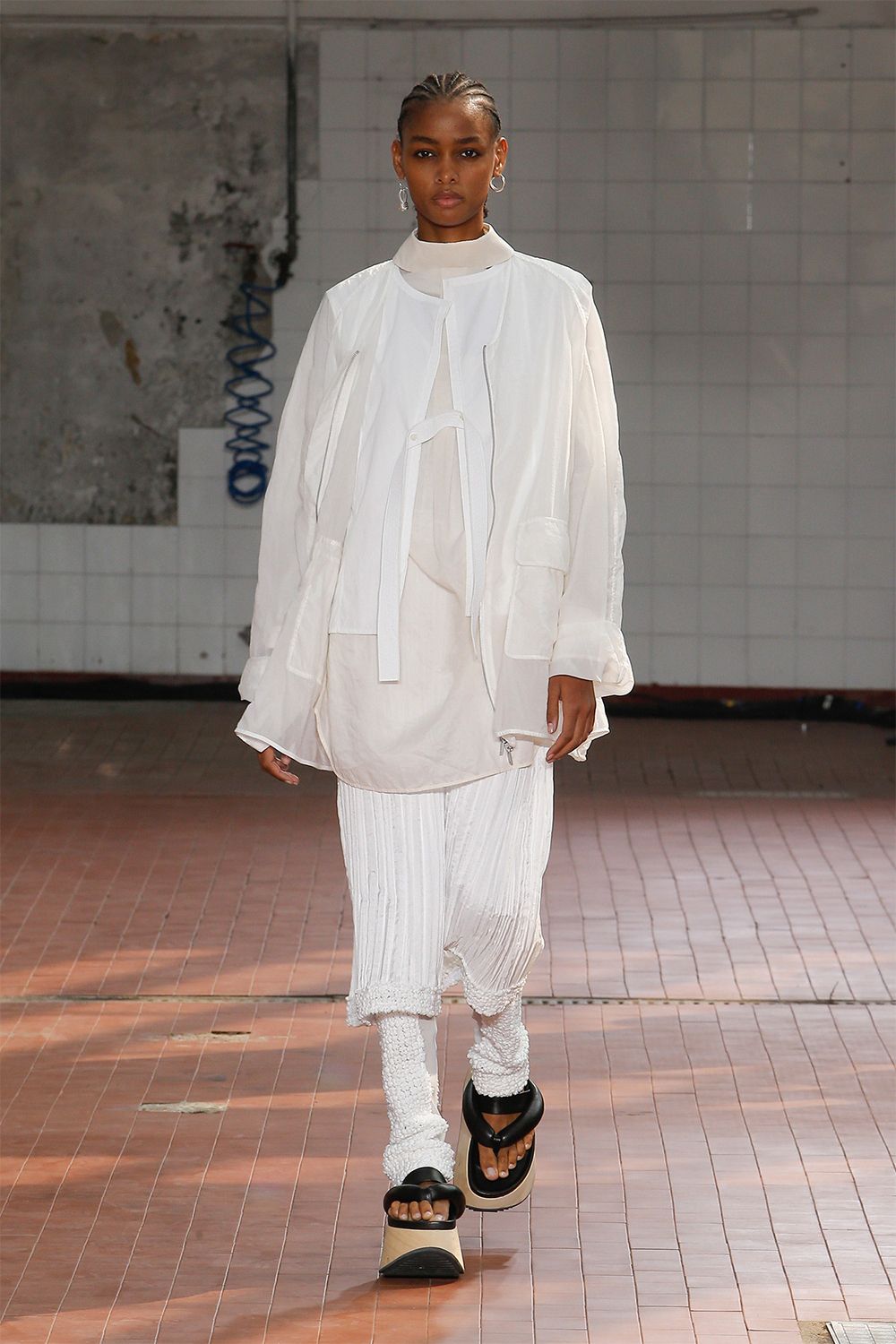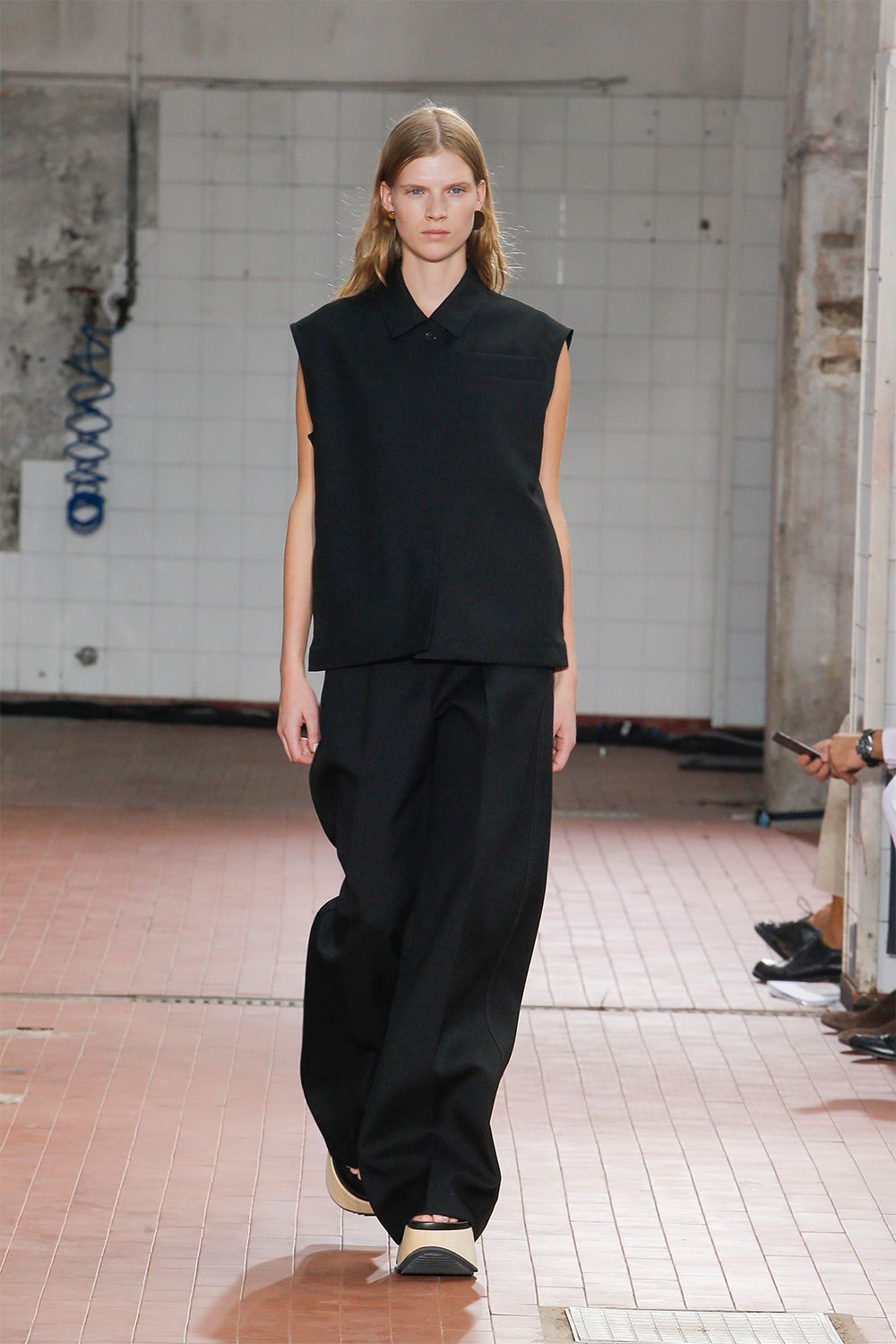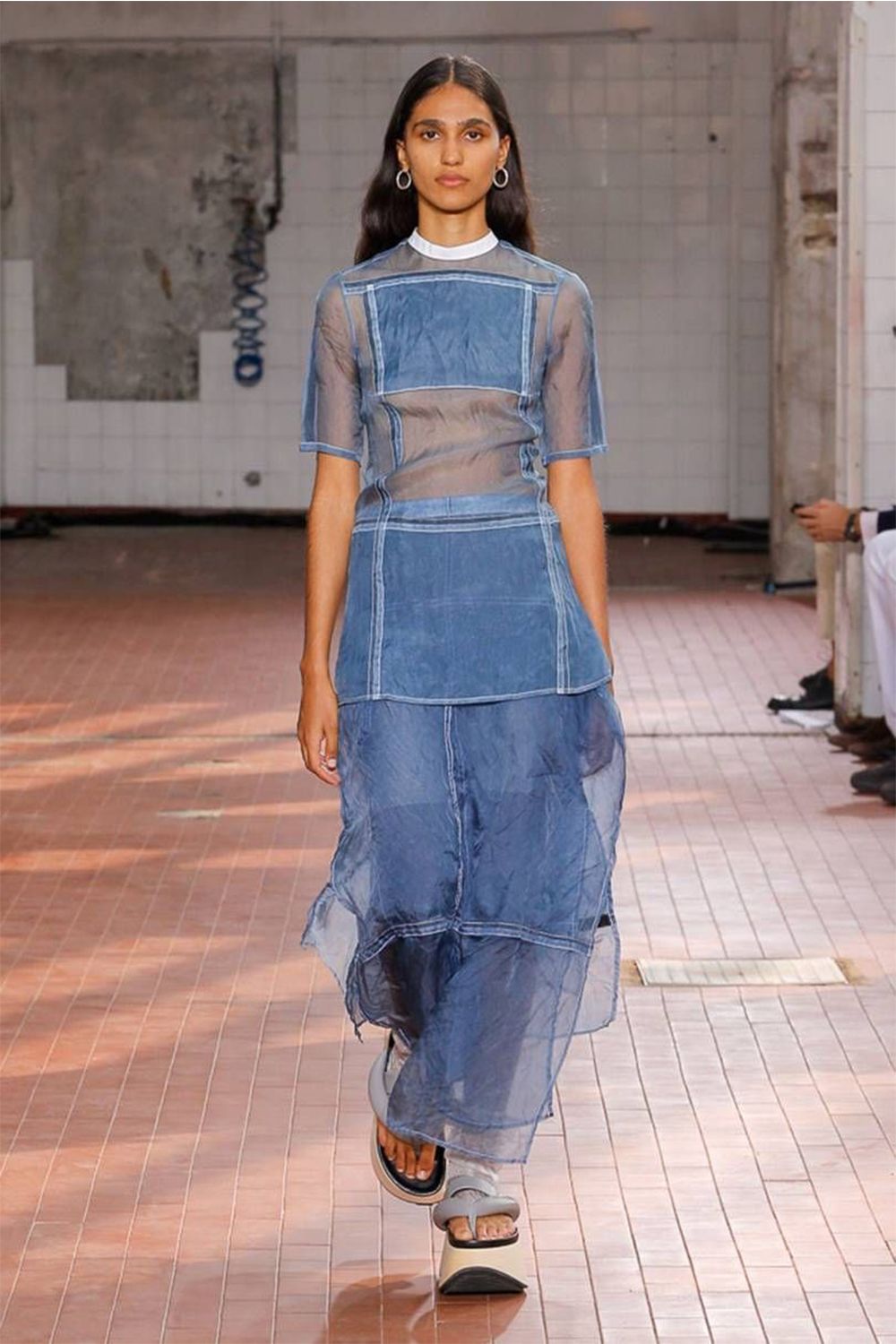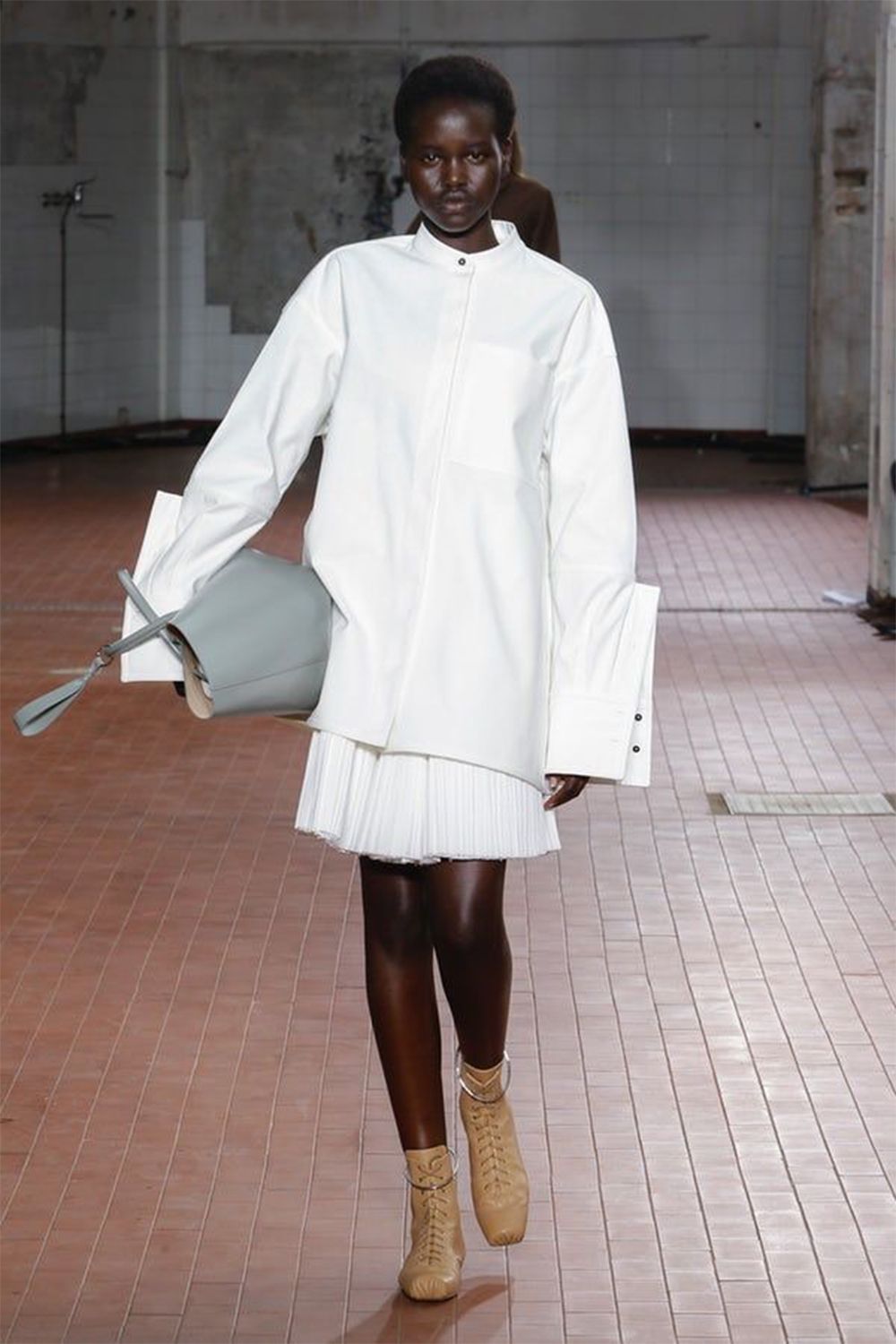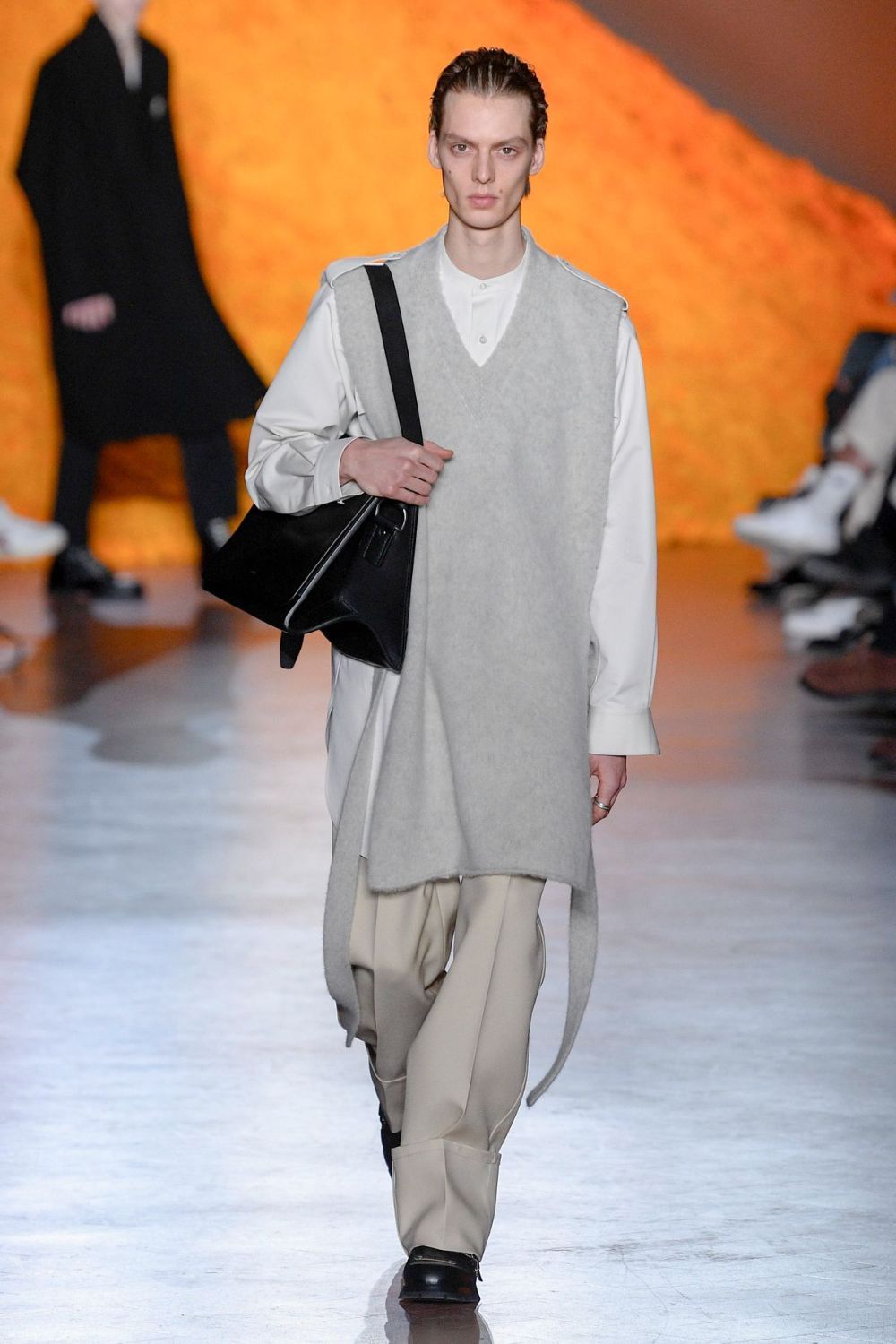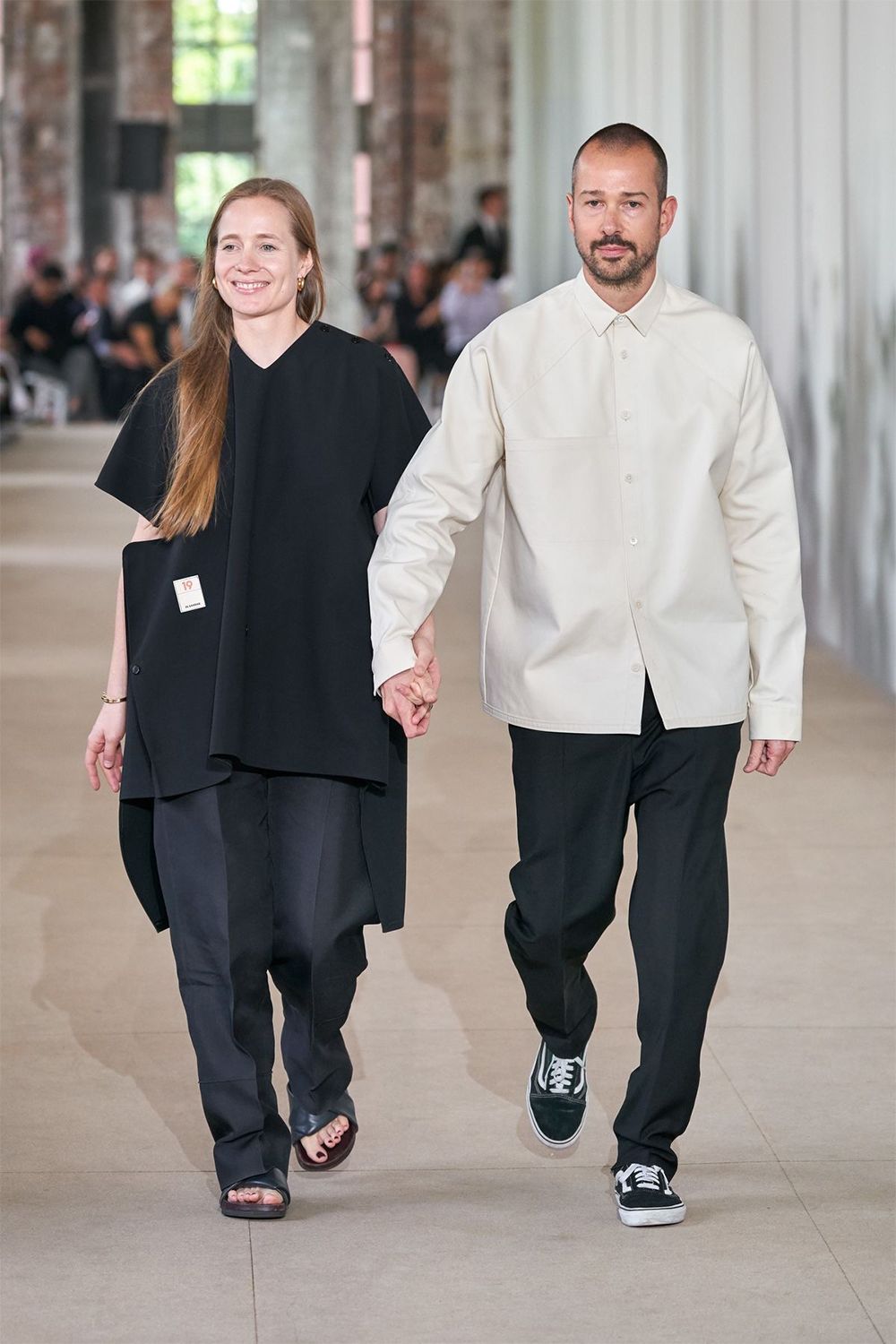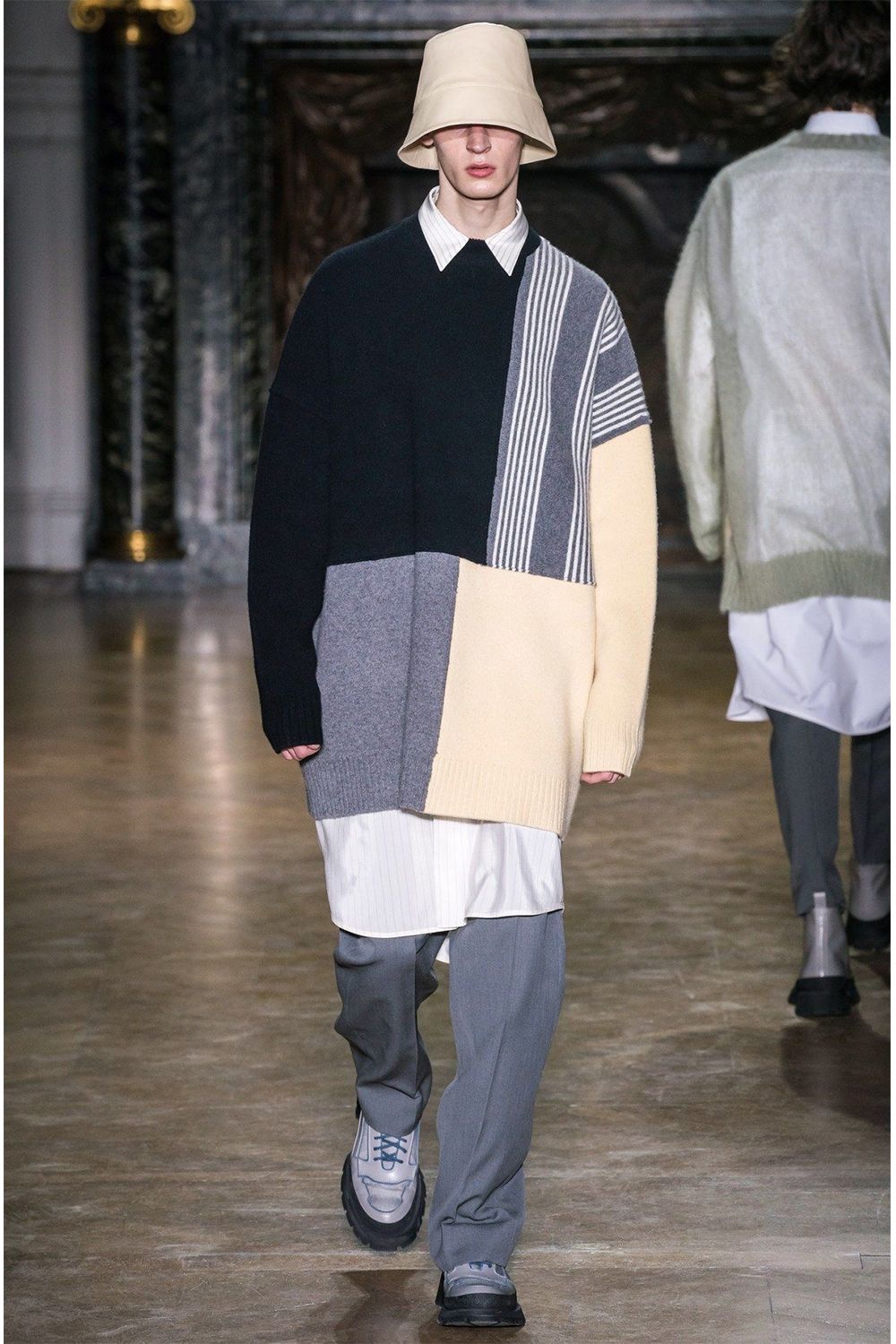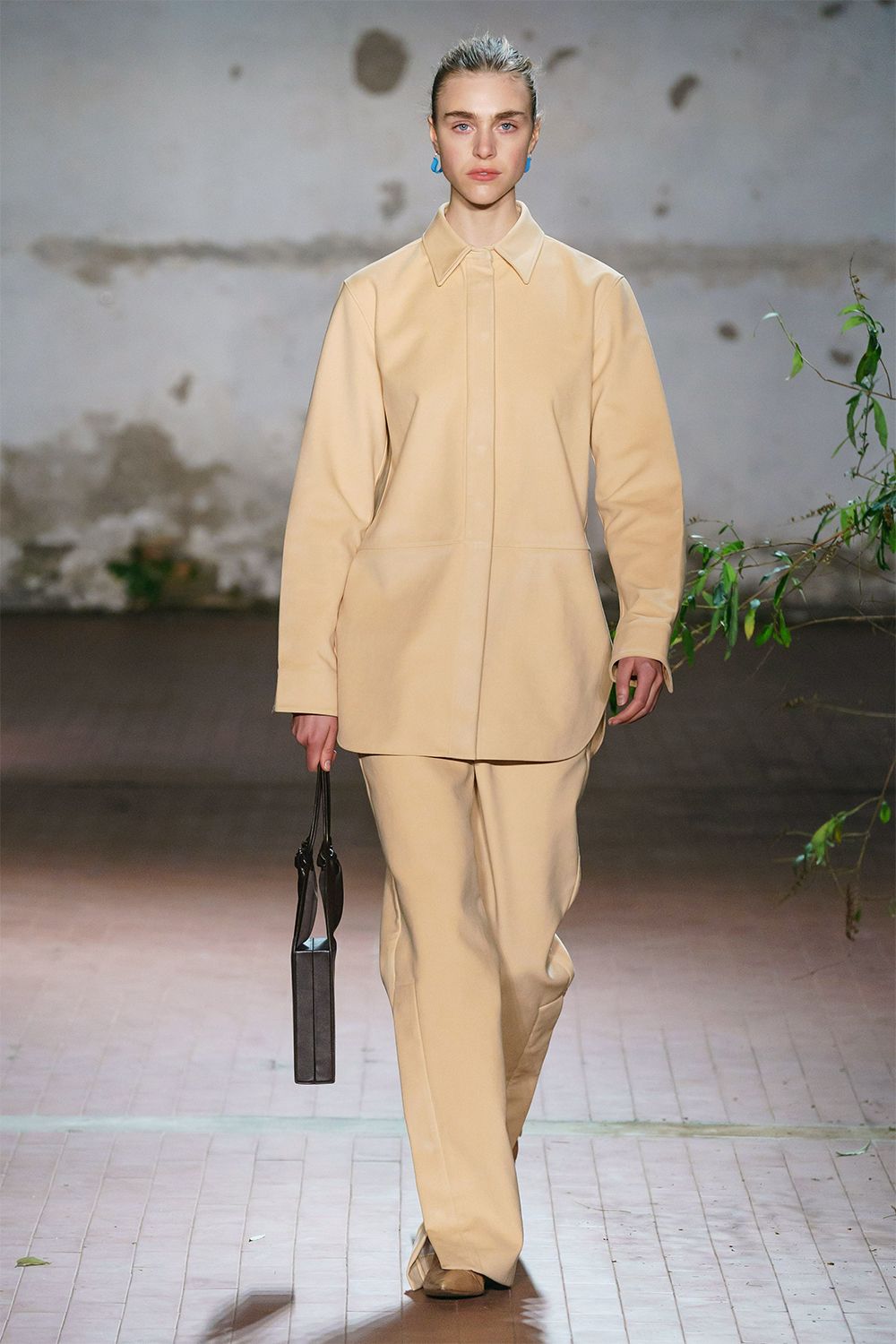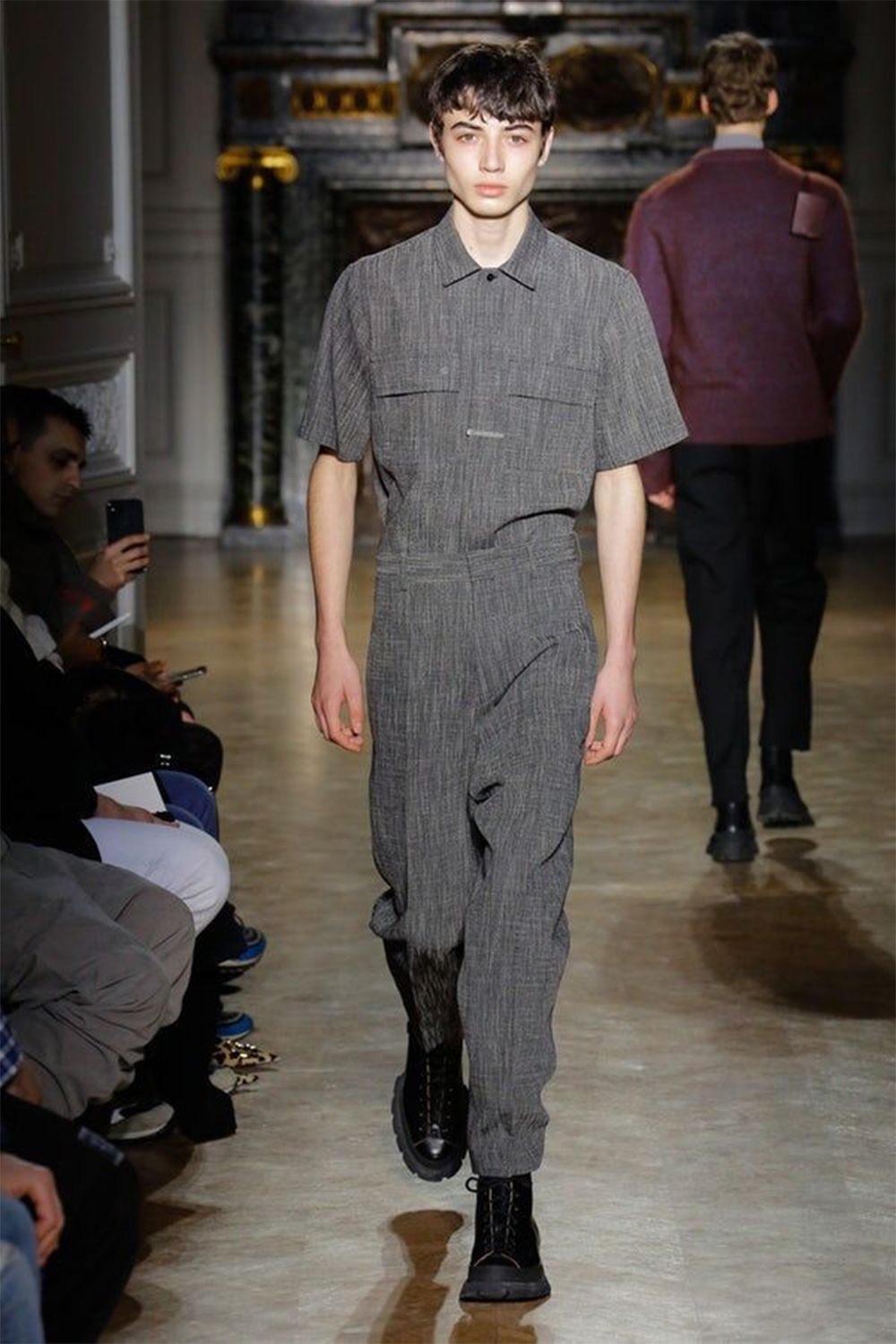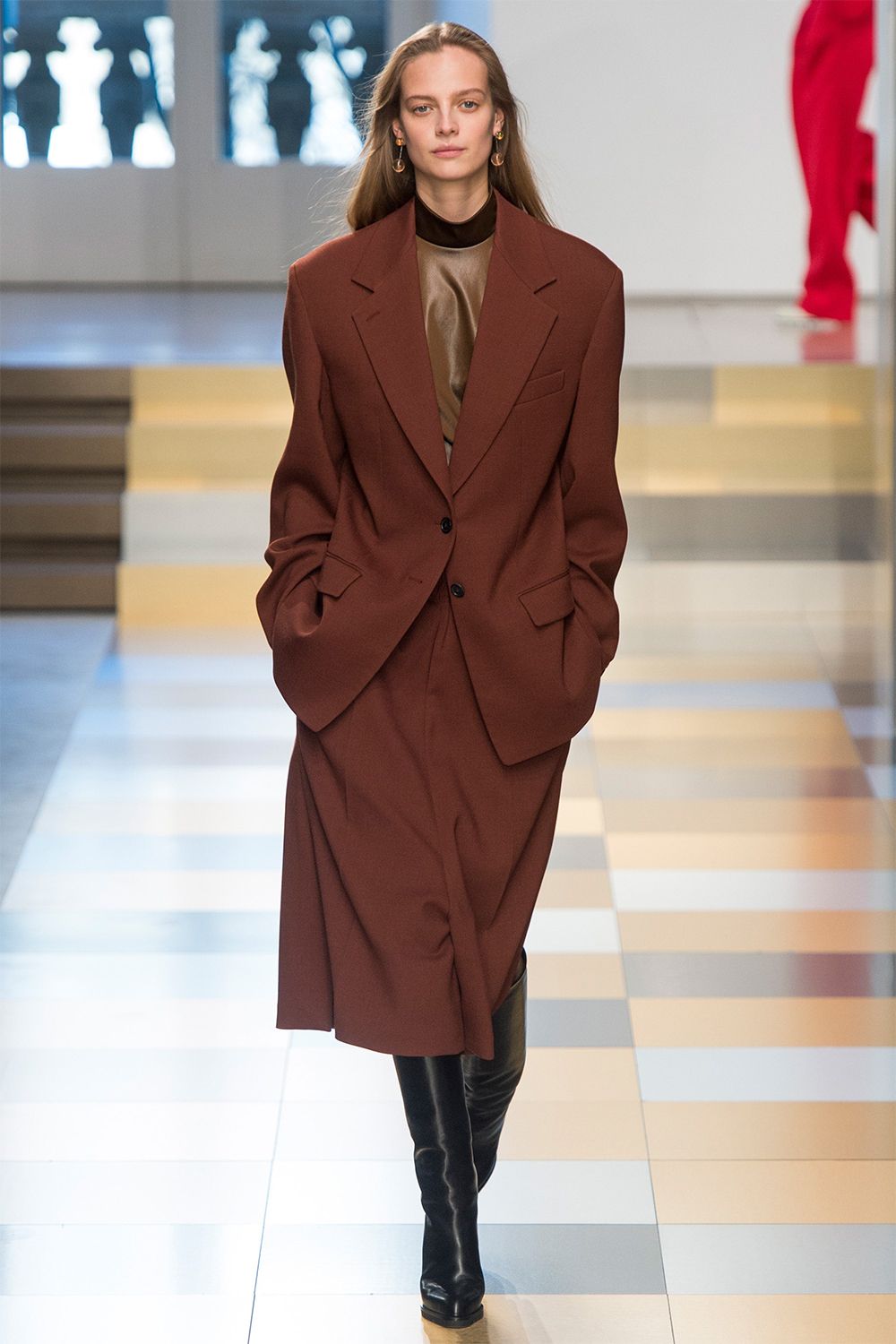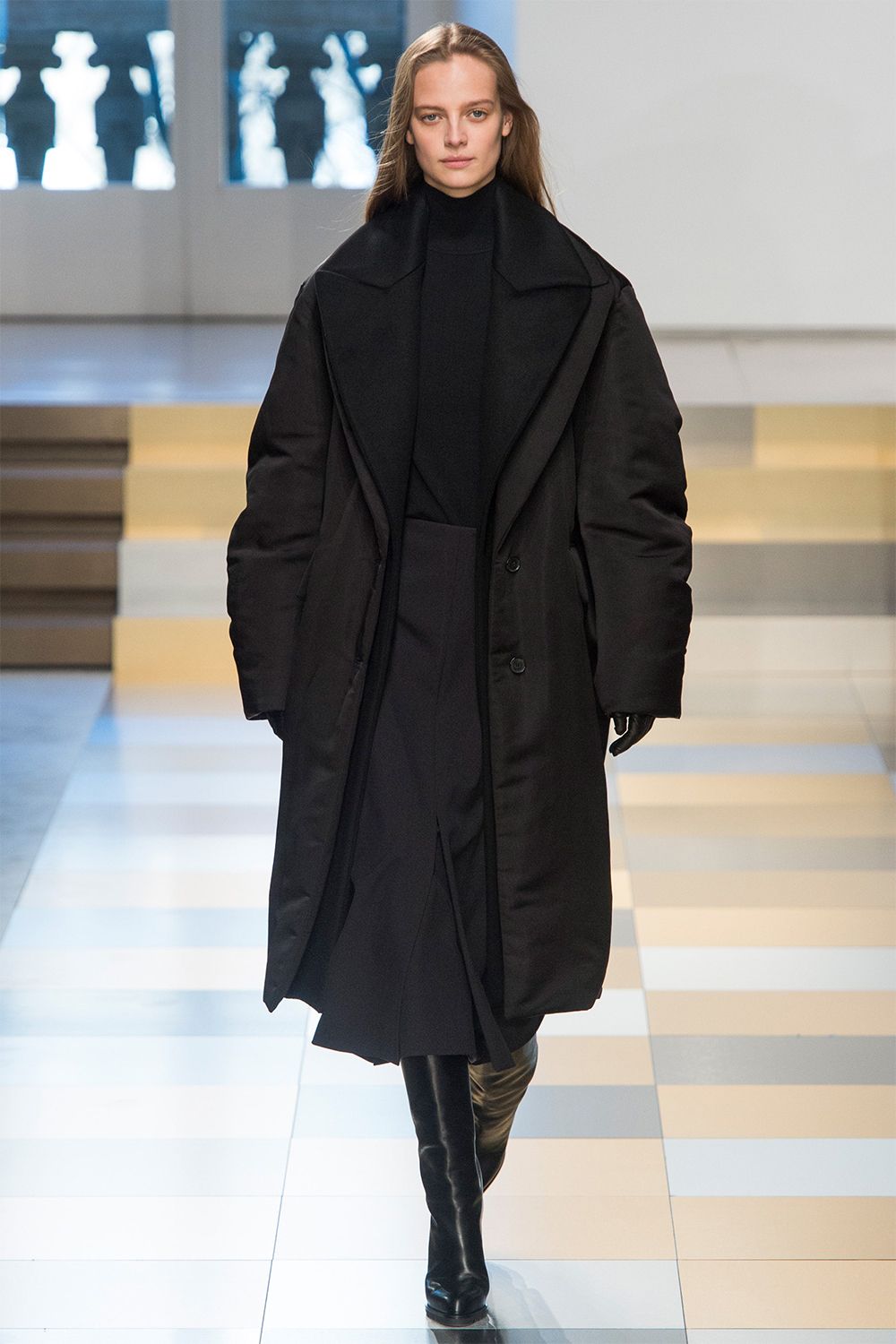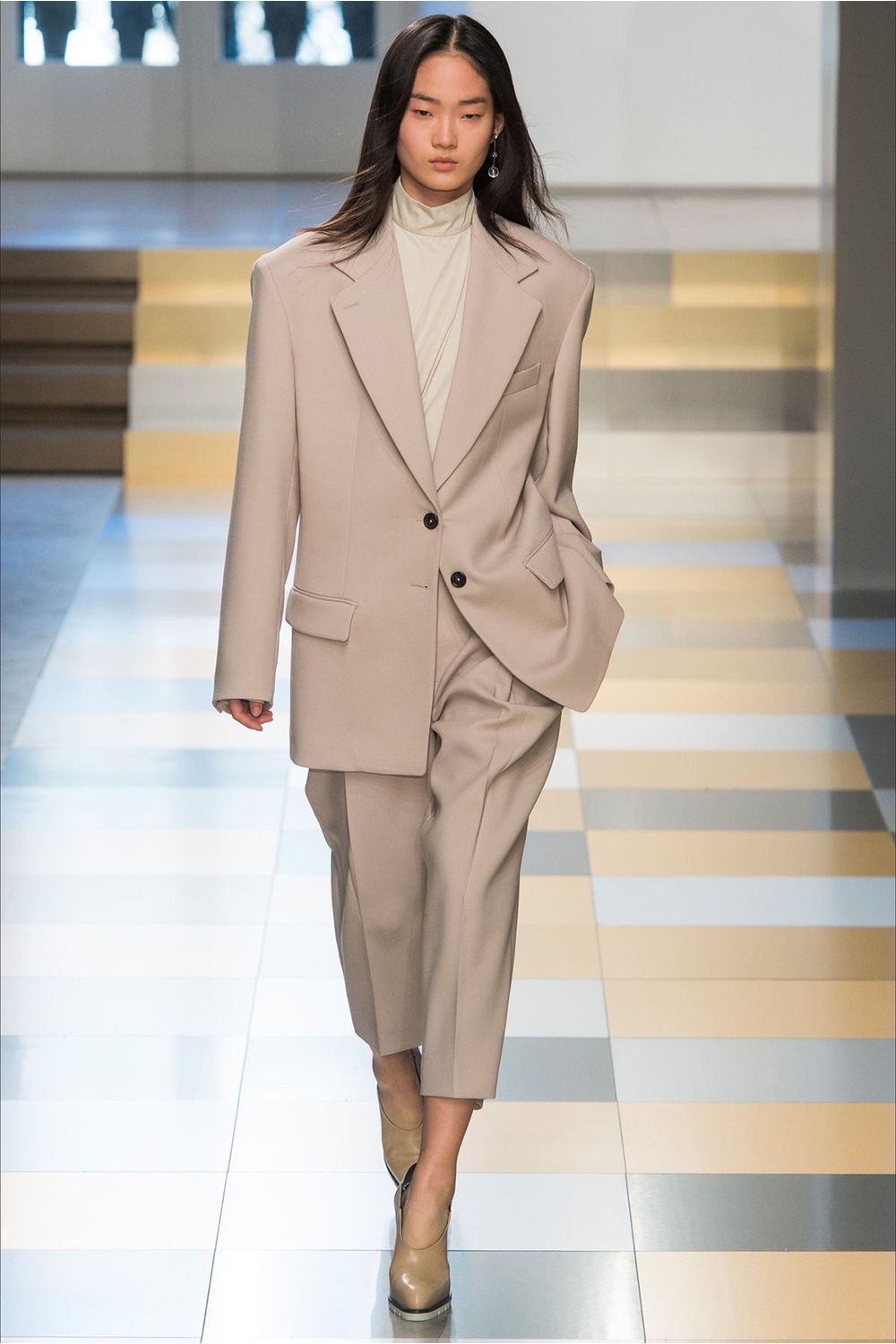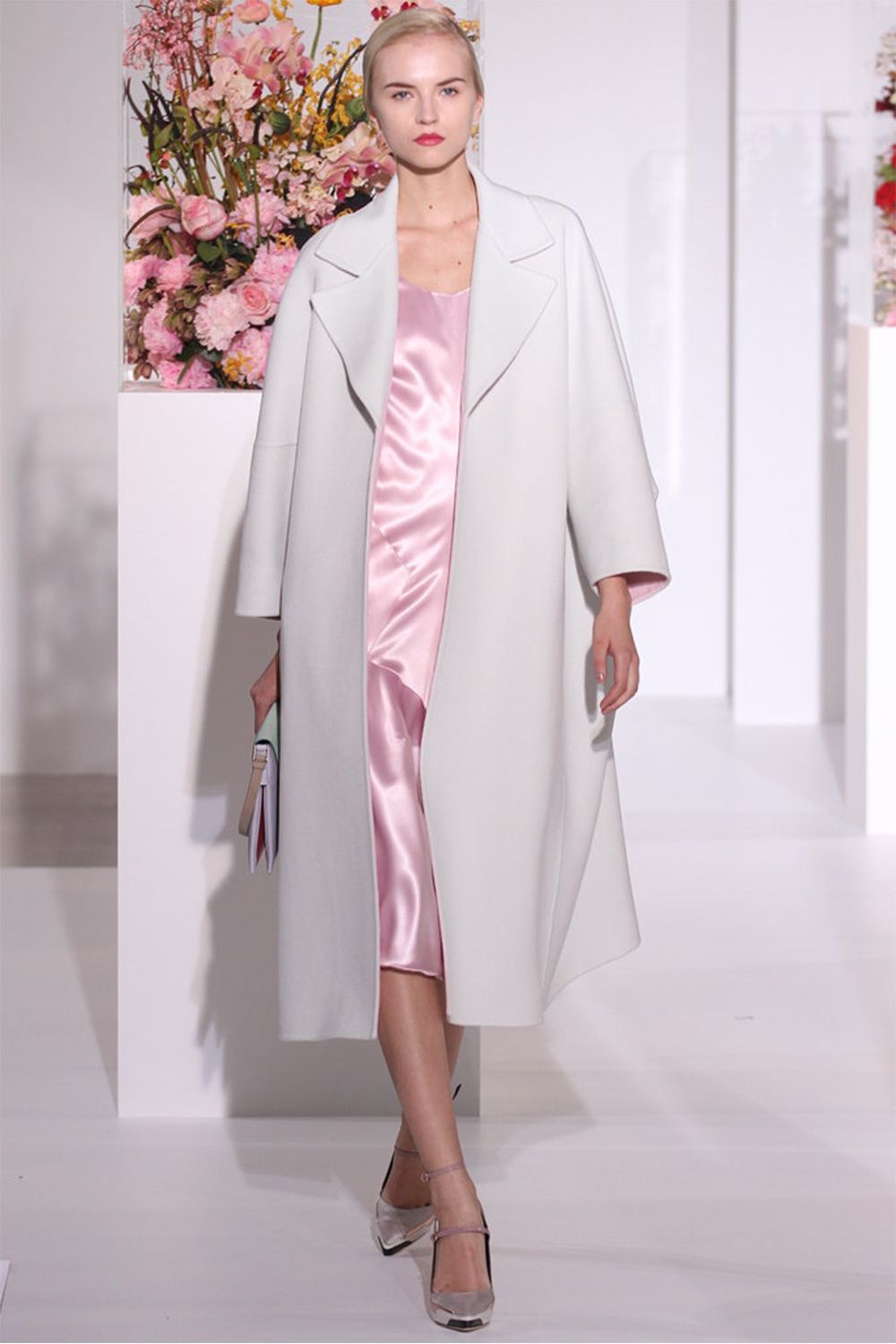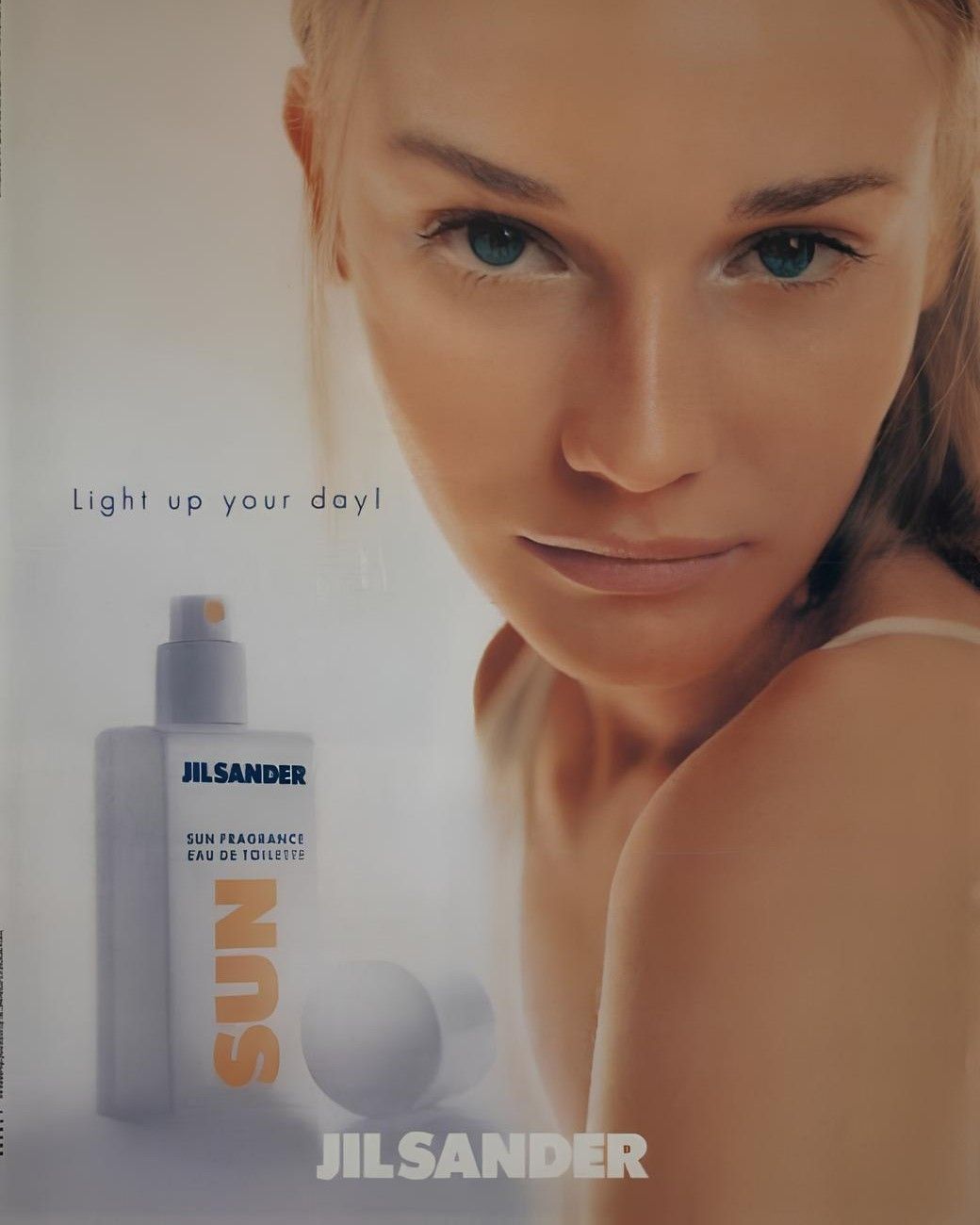
5 things you need to know about Jil Sander To get to know better the “queen of lean” and her brand
When it comes to minimalism in fashion, it is automatic and inevitable to refer to the name of Jil Sander, a designer who has made the essentiality of the details his trademark. The essence of the homonymous brand lies in the use of a "strong and pure" style, as Sander herself defines it, characterized by the use of neutral colors, clean and rigorous cuts, clean lines and full-bodied materials that they identify a woman of femininity devoid of frivolity but not of seductiveness.
Thus, the minimalist style of Jil Sander contrasts with the trend of excesses, decreeing the success of “less is more”. But we know the designer and her brand better.
1. The beginnings of her career
Considered to be one of the most influential and talked about designers in international fashion, Heidemarie Jiline Sander was born on November 27, 1943 in Wesselburen, Germany. After graduating in textile engineering from the Krefeld School of Textiles, she moved to Los Angeles where she embarked on a career as a fashion editor for McCalls magazine, an experience that she herself defines as fundamental in the long and tortuous path of understanding the fashion industry. Due to the unexpected death of his father, Sander decides to return to Germany, where he will open his first boutique as a freelance stylist moved by the idea of creating clothing for identification and motivation purposes.
2. The troubled relationship with Prada
But it was only in 1973 that the designer appeared on the panorama of the fashion industry by launching the fashion house Jil Sander GmbH, where her minimalist glamor characterized by simple and pure elements certainly did not go unnoticed. Despite the strong approval and great success received, the designer, due to economic problems due to the high manufacturing costs that her line required, sells 75% of her company to the Prada Group in 1999, which saves her in economic terms but deprives her the brand of his iron, pure and incorruptible soul. This is why after only six months, the founder leaves her own maison declaring that she has had incurable disagreements with the new CEO Patrizio Bertelli, husband of Miuccia Prada.
The absence of the designer is evident and the brand begins to suffer the first serious financial setbacks. In 2003 Jil Sander took over the reins of her brand, a decision that further deteriorated the relationship between the German designer and Miuccia's husband; it is now clear that cooperation between the two is impossible and in 2004 Jil leaves the brand again.
3. Raf Simons' creative direction
In 2005, Belgian designer Raf Simons was appointed as the new creative director, marking his debut in womenswear and maintaining contact with the essential and linear minimalism of the brand. After 7 years he leaves the maison to devote himself full time to the creative direction of Dior.
4. The last "goodbye"
In 2012 Jil Sander returns, but his stay lasts only one year. Having now taken the decision to leave the fashion scene definitively, while remaining behind the scenes, it follows at first the appointment of the stylist Rodolfo Paglialunga and finally, in 2017, of the spouses Lucie and Luke Meier, the year in which the maison finally returned to grow thanks to their ability to keep faith with Sander's values but at the same time contaminate them with a streetwear background (Luke is one of the co-founders of Supreme) and high-fashion (Lucie worked for Louis Vuitton and Balenciaga), elements that make the brand rich in contemporary pragmatism. The latter is an excellent compromise for a brand with strong codes but which still wants to tell the present.
5. Minimalism
What would minimal be without Jil Sander? Many mistakenly attribute to the term minimalism adjectives such as gaunt, cold, boring or devoid of a soul, while omitting its elegant, emotional and light appearance that tends to eliminate the extras to give space to the quality of the garment.
Every cliché linked to minimalism is lost in Jil Sander's collections, where minimal is associated with an element of emotion that reaches us in a simple but direct way. The style of the maison, in fact, is decidedly contemporary and with an intellectual content. The designer was one of the first who believed in masculine elegance for women, who, while wearing genderless clothes, do not lose their graceful and always true femininity.
The use of neutral colors, cashmere, pure shapes and minimal opulence let us glimpse an oscillation between minimalism and conceptualism contaminated by the dynamic vision of current fashion. The result is a collection in line with the present but which does not lose its recognizability.
About the Uniqlo +J collection - on sale from November 12 online and in the Milan store - Jil Sander says: "I defined the modern global uniform with this in mind: clothes should be long-lasting and durable. They should serve who wear and provide her or him with that energy and self-esteem that are so necessary in our global reality.
Since 2009 Jil Sander has started a partnership with Uniqlo, and after 11 years they are back with a limited edition collection for women and men that promises to be the uniform of the season.





















































